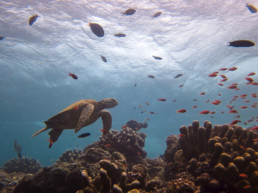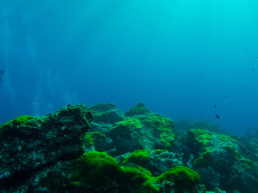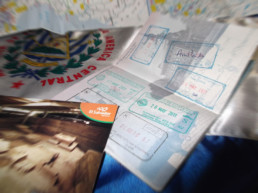Aruba is home to dozens of interesting scuba diving experiences, all easily located within a five to 20 minute boat ride from shore. It’s also home to some of the Caribbean’s most intriguing and accessible ship and plane wreck sites. For amateur divers like myself, or adventurous travelers looking to get into the sport on their next vacation, scuba diving in Aruba is a must.
Great for Beginners
First things first: If you’re looking to determine whether or not scuba diving in Aruba is for you, you’re in luck. Several operators offer half day “Discover Scuba Diving” experiences. These entail a four hour session of both classroom and pool training and one actual dive to a depth of 12 meters in the Caribbean. If it turns out you’re better suited for land, rest assured you’ll be enjoying the remainder of your vacation on an island with some of the world’s best beaches. If you decide thrills on land are more your vibe, Aruba has a surprising amount of adventure for active travelers. Check out Adventure In Aruba With Boardwalk Small Hotel Aruba for more on what to get up to in Aruba.
Because so many dive sites are relatively shallow and located close to shore, scuba diving in Aruba is well suited for beginners looking to learn how to dive. Beyond your one day discovery session, you have the flexibility of taking the three or four days of diving and courses required for your PADI certification during your island holiday. A few days on the beach, a few in the ocean, and back to the beach again, all at a relaxing pace. Though not entirely void of currents, the water here is generally less intense than elsewhere in the world, particularly the Maldives or Philippines. Once more, most of the ocean floor you explore offers an approachable soft sandy bottom. Ask anyone who has learned to dive before, and I’m sure they will tell you that perfecting buoyancy control on a sandy floor is much more enjoyable than being surrounded by sharp painful corals looming below.
Top Quality Dive Shops
Options for which company to use when scuba diving in Aruba are plentiful. While there are many experienced operators to choose from, after doing some research and connecting with various companies I made JADS Dive Center Aruba my top pick. Located in the southern end of Aruba on Baby Beach, JADS also operates dive boats out of the centrally located Varadero Marina and northern Hadicurari Pier depending on the dive site schedule. Hotel pickup and drop off is included when diving with them. The location of dive sites rotates each day to keep things interesting. This schedule is posted online making it incredibly easy to plan your visit to ensure you explore new or revisit favourite dive sites.
While the boat was clean, equipment relatively new, and diving fun, without a doubt the highlight of this team is the divemaster and PADI instructor Rudolf Ulloa. He’s an absolute riot with a raunchy sense of humor that rivals his immense expertise in the waters of Aruba (he’s been there nearly a decade). If your experience is anything like mine, you’ll have just as much fun above the water on your safety stops as you do diving below. And that doesn’t happen too often, trust me.
Ship Wrecks Galore
This is what really sets scuba diving in Aruba apart. While Mexico is known for certain cave diving experiences (ideal only for very experienced divers), and areas of the Philippines are home to nearly year round Whale Shark sightings, in my opinion Aruba is the capital for wrecks. Some sank accidentally, others very recently and on purpose in an effort to create artificial reefs and attract tourist activity. From massive German freighters sunk in an act of defiance during WWII, to a pair of airplanes created for pleasure, you name it, Aruba has it. I was fortunate enough to explore both of the aforementioned sites, and dive the Renaissance Planes with JADS Dive Center.
Antilla
Sitting at depth of 55 ft/17m, approximately 500 feet offshore from Boca Catalina Beach you will find the Antilla. It is perhaps the most famous wreck Aruba has to offer, which also makes it one of the busiest dive and snorkel tour sites. Antilla was purposefully sunk in 1940 by it’s German crew in an act of sabotage rather than admit defeat and surrender the ship and it’s cargo to the Allied (Dutch) contingent who ruled Aruba. The wreck itself is 430ft/130m long. As one of the largest wrecks in the entire Caribbean, it is now home to an impressive array of marine life and corals, though not as colorful as decades past. Divers with a pension for photography can take advantage of the unexpected captain’s bath tub which sits on the ocean floor alongside the vessel.
The Antilla dive site wins points for the sheer scale of the vessel and interesting story behind it. However the wreck’s age prevents divers from safely entering it, so it’s not quite number one on my dive list for scuba diving in Aruba.
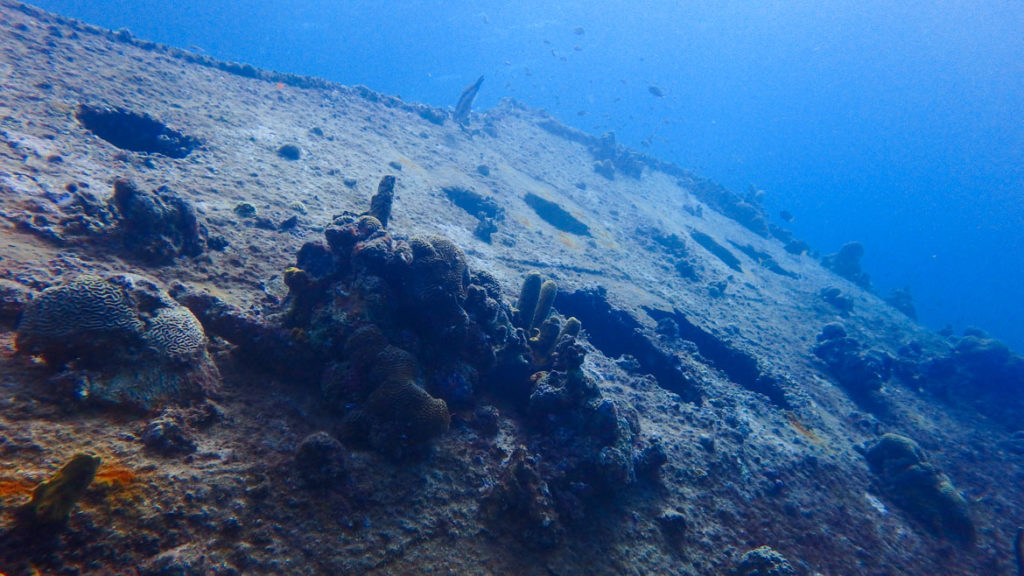
Renaissance Planes
Not one, but two impressive airplanes lie at a depth of 26 meters just off the coast of Renaissance Island. The Convair 240 (or DC-3) is now more of a true wreck, with pieces scattered along the ocean floor due to years of hurricanes. The YS-11, formerly an Air Aruba 40 seat passenger plane, is still fully intact. Both planes can be penetrated by divers and offer quite the eery swim-through experience. Divers typically spend just over half their time below water exploring the wreck sites before shifting with the current to explore nearby soft coral gardens with an abundance of moray eels.
For the ability to take creepy selfies near the abandoned cockpits or pretend to be rescue divers, these planes get top marks in my books.
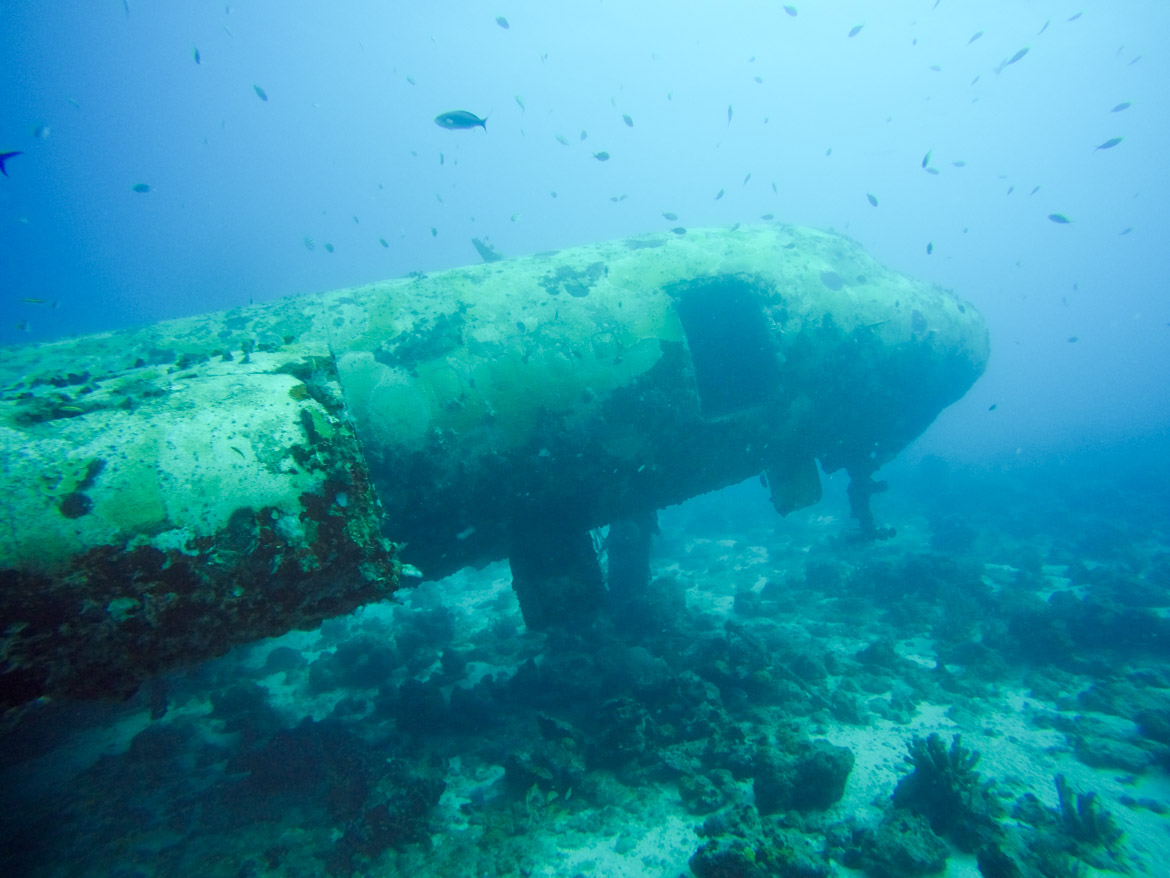
Harbour Reef/Tug Boat
Not too far from the Renaissance Airplanes, sits another interesting option for scuba diving in Aruba. At harbour reef, the hard coral and incredibly tall soft coral gradually slope down to a maximum depth of nearly 100 feet. Once at this depth, divers are met with views of an old tug boat, still sitting upright. There is also a pair of resident giant green moray eels to be found. You’ve been warned.
Jane’s Garden/Jane Sea Wreck
When it comes to scuba diving in Aruba, this site ranks as a favourite for JADS Dive Center Instructor Rudolp. The former 250 foot cement cargo ship was sunk in the mid 1980’s to create an artificial reef. Today the wreck sits upright on the edge of a coral reef from 18 to 29 meters, and itself is encrusted with impressive corals. It’s a treat for photographers as it offers deep water gorgonians, coral and sponges along with massive schools of tropical fish and large barracudas.
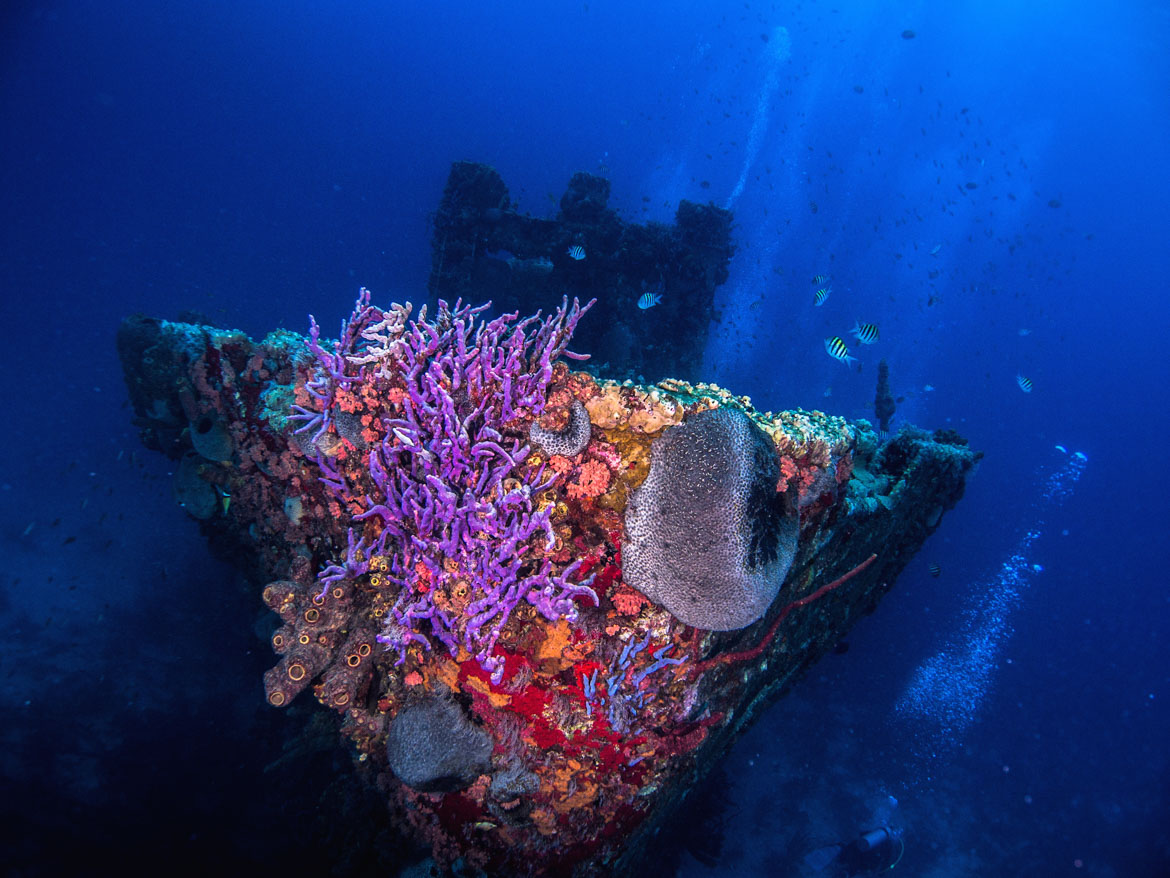
Pedernalis
Yet another ship with interesting connection to WWII. The Pedernalis was torpedoed by a German submarine during the war. Rescue groups towed the vessel to shallower water, removed the damaged middle section and welded the ends back together for continued use. The ship served as troop transport for D Day. At a depth of only 25ft, the site is ideal for beginners and offers an interesting view of wreckage including wash basins and cabins spread amongst the corals.
Arashi Reef/Wreck
Another airplane wreck, this time at shallower depth of only 12 to 14 meters. Parts of this purposefully sunk Lockheed Lodestar plane now sit amongst coral formations and angelfish. The reef itself serves as a cleaning station for the ever photogenic Green and Hawksbill turtles which call Aruba home.
There are dozens of other interesting options for scuba diving in Aruba that go beyond wrecks. With a notable turtle population that migrates through the nearby waters to lay eggs on Aruba’s shores each year, to the impressive scale of soft corals, there is always plenty to see. The map below captures quite a few of these easily accessible dive sites. No matter which you choose, you’re in for a memorable and easy going time in Aruba.
Diving Aruba photos courtesy of Madeline Burch, Aruba Tourism Authority.
Although I was a guest of JADS Dive Center Aruba, the opinions expressed in this article are entirely my own. For more information on JADS, you can email their team at [email protected], visit their website, or check out additional Trip Advisor reviews from other divers.
Make your next trip the best one.
Departful is a full service travel agency creating truly exceptional travel experiences that are 100% personalized to you. Wherever you’re going, whatever your interests, we help you plan the perfect trip.
Madeline Burch
Madeline was born and raised in Toronto Canada, educated in marketing, and has worked in brand management and the alcohol industry for nearly a decade. In search of great drinks, stories and photos, she has travelled to South East Asia multiple times including a recent eight month stint based in Vietnam. From luxe travel to volunteer missions, she’s interested in it all.


